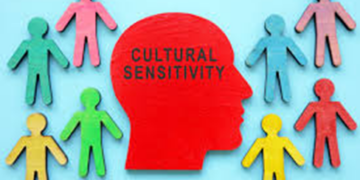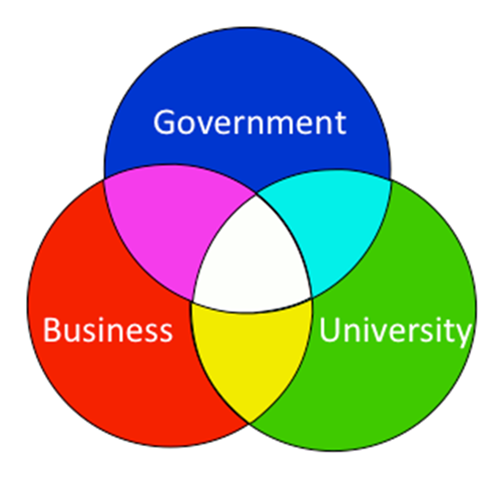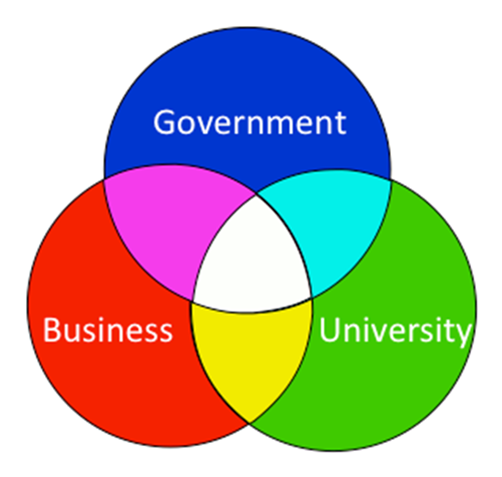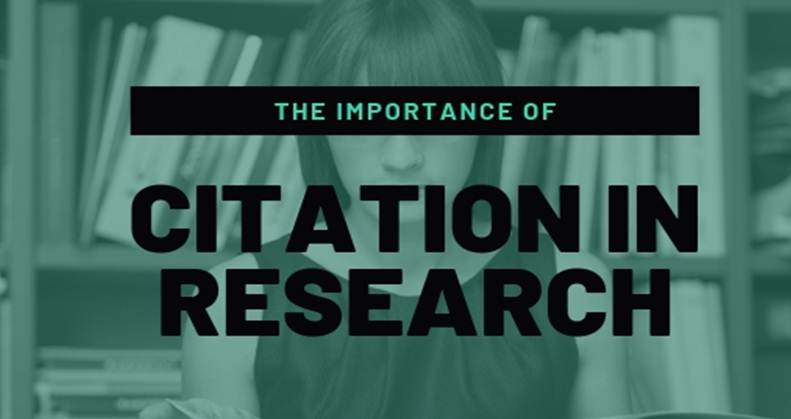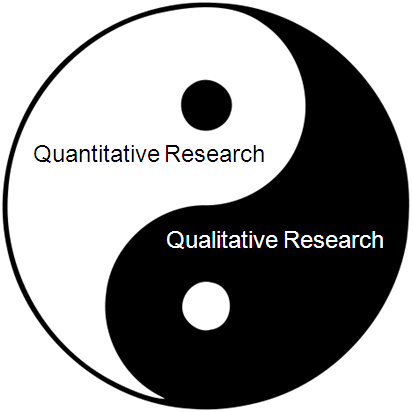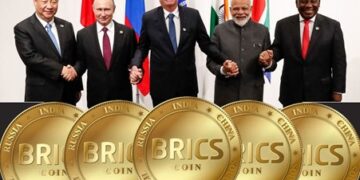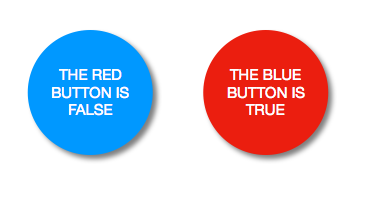
Cultural intelligence is essential for leaders, especially those operating in international environments. It enables them to understand how to effectively manage diverse teams, navigate challenges, and lead organizations toward success. Cultural intelligence is becoming an increasingly important skill in business because of how it impacts team building. One of the best parts of managing a team is getting to work with team members with each bringing a unique perspective and skillset to the table. Learning to lead with cross-cultural empathy, factor in different cultural backgrounds, and come to the table with cultural knowledge are all ways to improve your leadership skills.
Multicultural teams benefit from a diversity of opinion. To unlock the impact of a diverse team and build team synergy, you need to manage and encourage teamwork. That’s where a higher CQ (Cultural Quotient) comes in.
In today’s interconnected and globalised business landscape, cultural sensitivity is not just a virtue but a strategically imperative for leaders. The ability to lead with cultural sensitivity has become a defining trait of successful leadership. It’s not merely about understanding different cultures; it’s about embracing diversity, fostering inclusion, and leveraging.
Cultural misunderstanding in the workplace is a miscommunication between individuals of different cultural backgrounds, which can lead to misinterpretations and negative consequences. It can occur when people assume that their own culture’s customs and norms are universal. It also arises when there are differences in language, values, beliefs, and expectations. At times even hand gestures are misunderstood by diverse cultural employees.
Cultural misunderstandings can be harmful to an organization, as they can lead to confusion, conflict, and even decreased productivity.
Cultural sensitivity involves awareness, respect, and consideration of the values, beliefs, norms, customs, and traditions of diverse cultures. In global organizations this extends beyond the organisation’s internal culture to encompass the multicultural aspects of the customer base, employees, and partners worldwide.
For example, some team members are probably more comfortable with direct communication and feedback, whereas you might have other team members who are more comfortable with indirect feedback. Identifying what each team member needs to feel heard and welcomed at work is the best way to make them feel comfortable in a team. Many businesses operate on a global scale, serving customers from different regions, languages, and cultures. Cultural sensitivity enables CXOs to create experiences that resonate with diverse customer segments.
P&G is driven to make life better, not just within the company, but across the globe. P&G strives to make life easy of their employees who come from diversified countries, their consumers, and for people everywhere. As a part of the P&G team, everyone is committed to share that commitment. The organizations oversee teams that often span multiple countries and cultures. Being culturally sensitive fosters a more inclusive and collaborative work environment, driving innovation and employee satisfaction.
P&G aims to be a model global corporate citizen. As organisations expand into new markets, understanding and respecting local cultures is critical for market entry and growth.
The company believes in transparency in its business dealings, and it works to support good causes. All over world wherever P&G has its presence it strives to protect the environment and provide an appealing place to work to its employees; they are treated well and are given the opportunity to be all that they can be.
P&G hires people with high IQ, and at the early stages of career, employees have good opportunities to learn and grow. Upward mobility is not so easy. The management structure grows mostly from within.
Three billion times a day, P&G brands touch the lives of people around the world. This happens because P&G provides branded products of superior quality and value to improve the lives of the world’s consumers. Mishandling cultural nuances can lead to reputational damage. CXOs must ensure that their organisations are seen as culturally aware and respectful. This results in leadership sales, profit and value creation, allowing employees, shareholders and the communities in which we operate to prosper. Cultural sensitivity is not a static quality but a continuous journey of learning and adaptation.
The Procter & Gamble Company (P&G) is a brand giant. The world’s first maker of household products courts market share and billion-dollar brands. Its business is divided into three global units: beauty, health and wellbeing, and household care. It also makes pet food and water filters and produces soap operas. Some 25 of P&G’s brands are billion-dollar sellers, including Gillette Fusion, Always/Whisper, Braun, Bounty, Charmin, Crest, Downy/Lenor, Folgers (which it reportedly plans to spin off), Gillette, Iams, Olay, Pampers, Pantene, Pringles, Tide, and Wella, among others.
P&G consists of over 138,000 employees working in over 80 countries. It began as a small, family-operated soap and candle company now provides products and services of superior quality and value to consumers in more than 180 countries. In P&G, every employee’s culture is respected. Their commitment begins with P&G’s Purpose, values and principles, in which sustainability is embedded, and manifests itself in a systemic and long-term way. They try to make their company better. At P&G the workplace is made as inclusive as possible.
leaders need to be culturally sensitive because it helps them build strong teams, improve communication, and foster innovation. Leaders who are culturally sensitive can create an inclusive environment where everyone feels valued and respected. This can improve morale and collaboration, and lead to better performance. They can improve communication by being mindful of language barriers and recognize how people from different cultures communicate. Foster innovation. Good leaders have leveraged on cultural diversity as a strategic asset to foster innovation and learning. This helps them to build better client relationships. When leaders respect other’s culture, they can mitigate risks. Leaders can avoid cultural insensitivity and make informed decisions to mitigate reputation damage and financial losses.
At Google different cultures are celebrated in a few ways. Inter Belief Network (IBN) are created where a network of member chapters that aims to create a culture of inclusion and tolerance for a variety of beliefs. The IBN also ensures that the voices of belief-based communities are represented in Google’s products. Asian Pacific American Cultures hub is a platform created in partnership with Google Arts & Culture partners to celebrate the history of the Asian American and Pacific Islander community. Asian Pacific American Heritage Month is celebrated. In this month with initiatives to uplift AAPI small business owners and creators. Google Arts & Culture celebrates festivals from around the world, including Diwali, which is a festival of lights that is important for Hindus, Buddhists, and Sikhs. Google Arts & Culture also celebrates the sports history of Mexico. Google’s culture is built on mutual respect, collaboration, and support. The company values individual differences and recognizes the importance of cultural diversity in achieving organizational success.
Organizations which recognize cultural differences and celebrate them can easily avoid potential biases. Respect individual needs and beliefs by adapting leadership approaches to accommodate unique needs. Be open to diverse backgrounds by bridging cultural gaps to build meaningful relationships.
McDonald’s, one of the world’s most recognizable brands, has successfully implemented a “Think Global, Act Local” approach to cultural sensitivity. This strategy recognizes that while McDonald’s is a global brand, the customer experience must be adapted to local cultures. Here are key aspects of McDonald’s approach are as follows:
Menu Localization: McDonald’s offers region-specific menu items to cater to local tastes and preferences. For example, in India, where beef is not widely consumed, the menu includes a variety of vegetarian options.
Festivals and Traditions: McDonald’s often runs special promotions and menu items aligned with local festivals and cultural celebrations. This not only reflects cultural sensitivity but also strengthens the brand’s connection with local communities.
Inclusivity McDonald’s is committed to fostering diversity and inclusion. Its workforce comprises people from diverse backgrounds, and the company actively engages in community initiatives to support cultural diversity and education.

